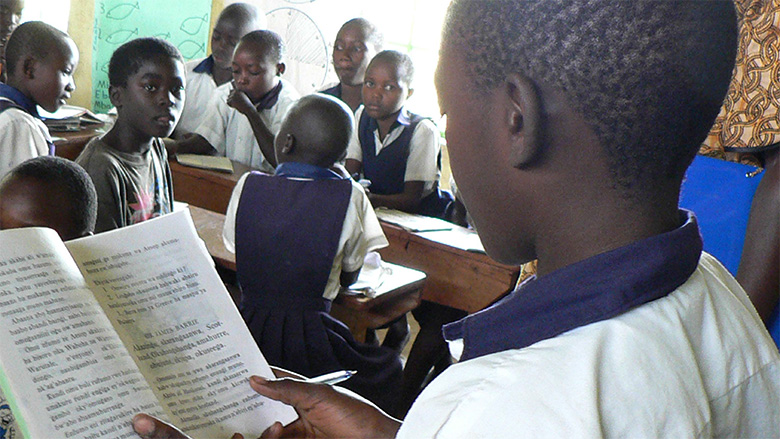
Sub-Saharan African countries have made great progress in access to education, but this has not been matched by an improvement in the quality of education in the region. A chronic shortage of teaching learning materials (TLMs) including good quality and affordable textbooks continues to pose hurdles in the way of improvement in learning outcomes.
A recent World Bank study, Getting Textbooks to All Children in Sub-Saharan Africa: Strategies for Addressing the High Cost and Low Availability Problem, takes an in-depth look at some of the bottlenecks causing textbook scarcity, and finds that financing alone is not the primary reason for this shortage. Rather, it is the cost of textbook production, including content development, procurement, publishing, and distribution costs. This scarcity is further compounded by the fact that student population in the region is growing fast and this has caused the textbook-to-pupil ratio in primary school to be as skewed as 1:11 for reading, and 1:13 for math in some countries.
The study makes simple recommendations, such as making distribution of textbooks a part of procurement so that schools in rural areas do not suffer, choosing a one-book-per-subject-per-grade policy, or choosing publishers through international competitive bidding. The report also recommends that technology should be viewed as a necessary supplement to traditional textbooks, not a replacement.
The study will be launched during an Africa-wide dissemination workshop at the African Development Bank Headquarters in Abidjan, Cote d’Ivoire, July 27-29, 2015. With participation from 16 African nations, development partners and policy makers, the workshop is expected to generate effective dialogue that can lead to working strategies for making textbooks accessible to all children in Sub-Saharan Africa.
